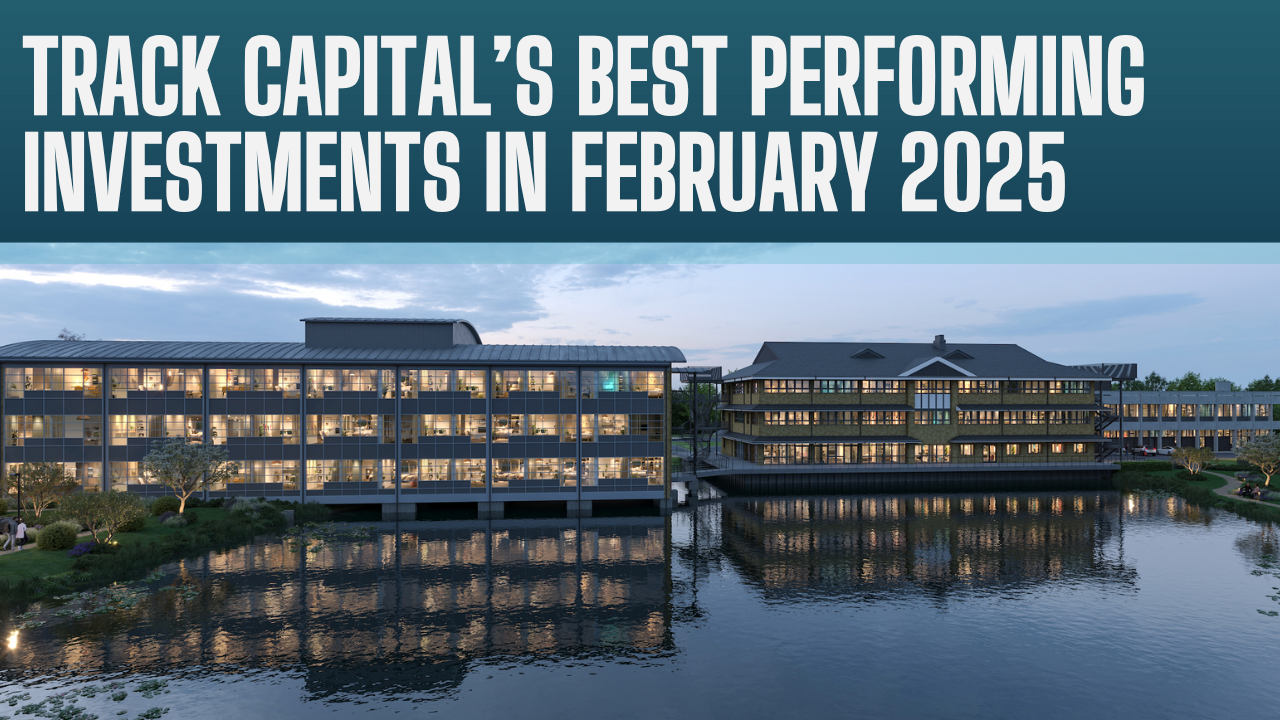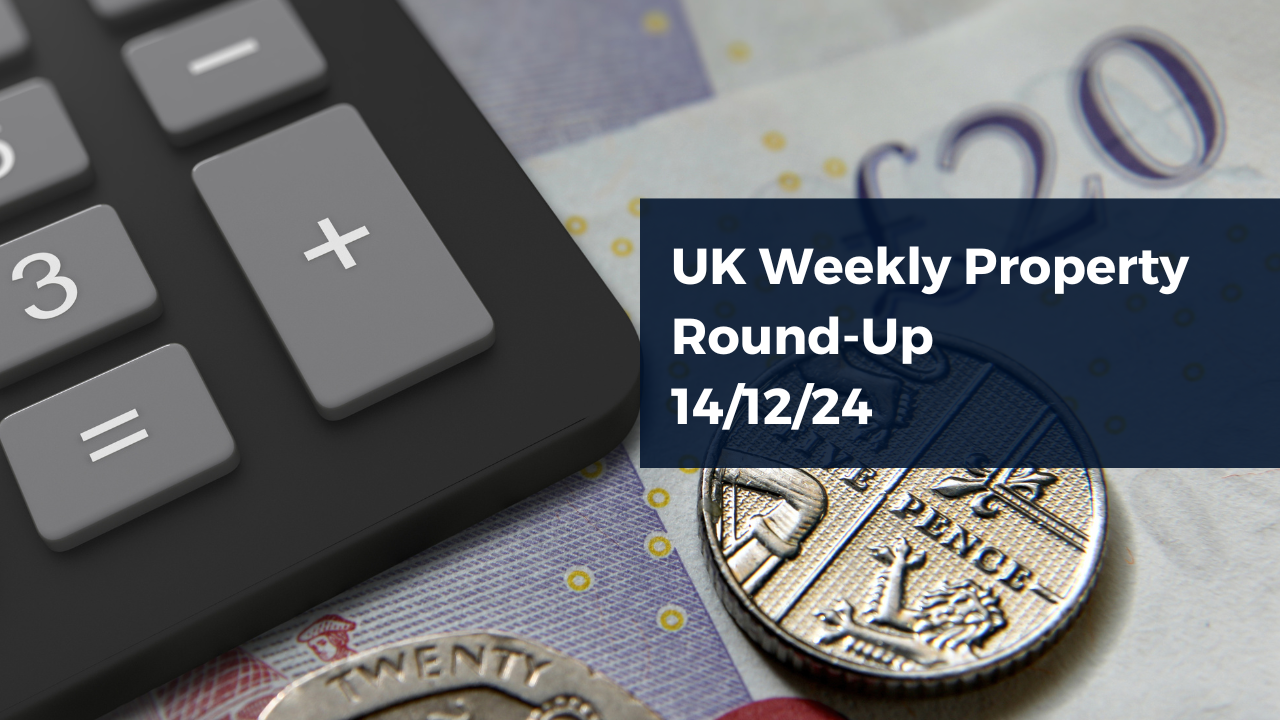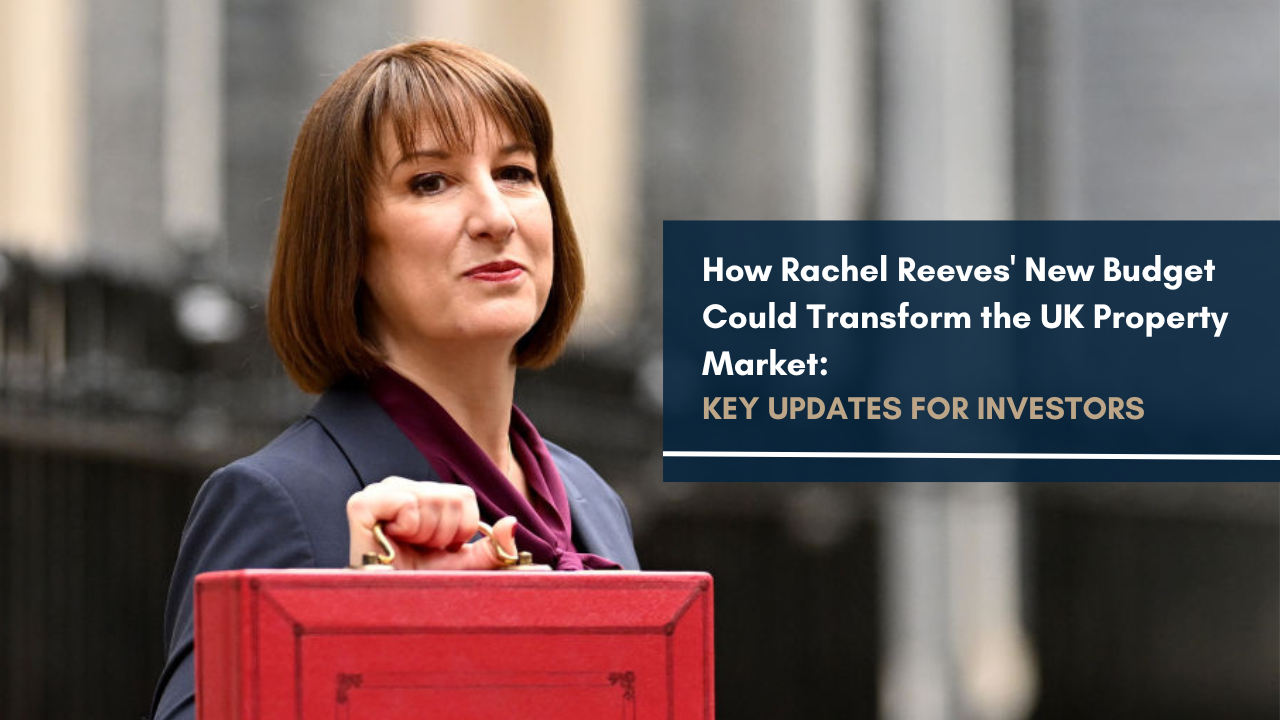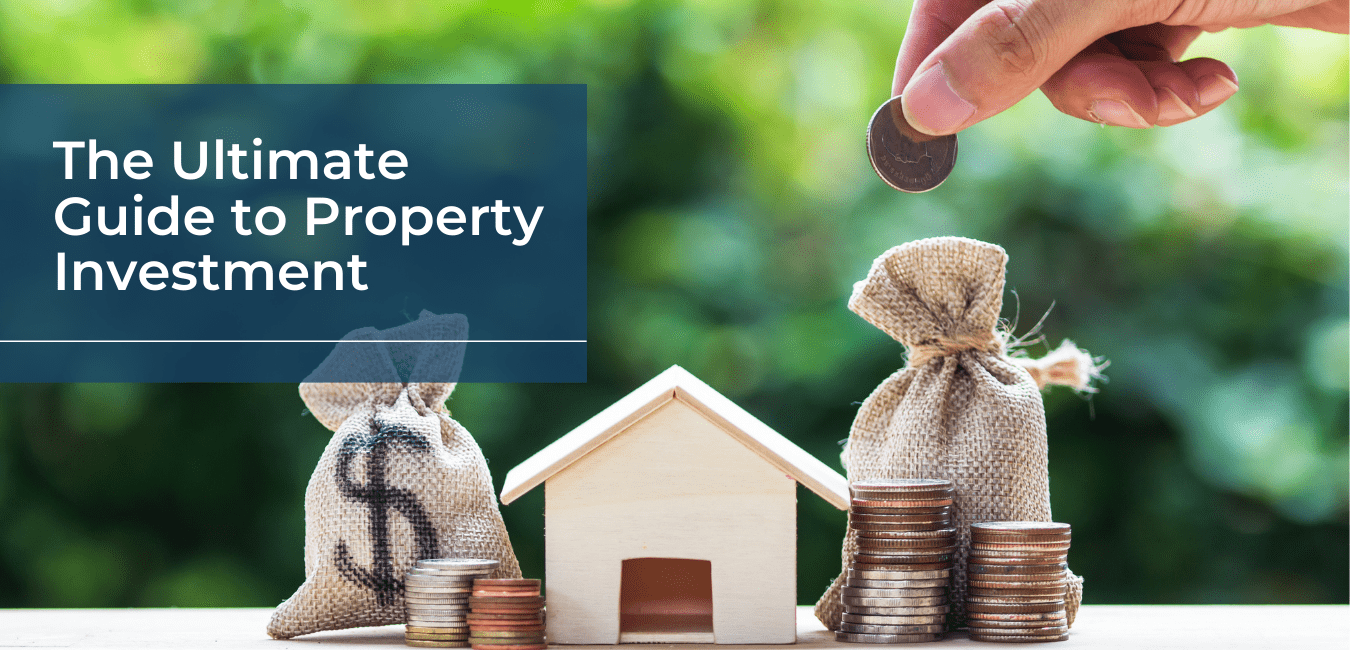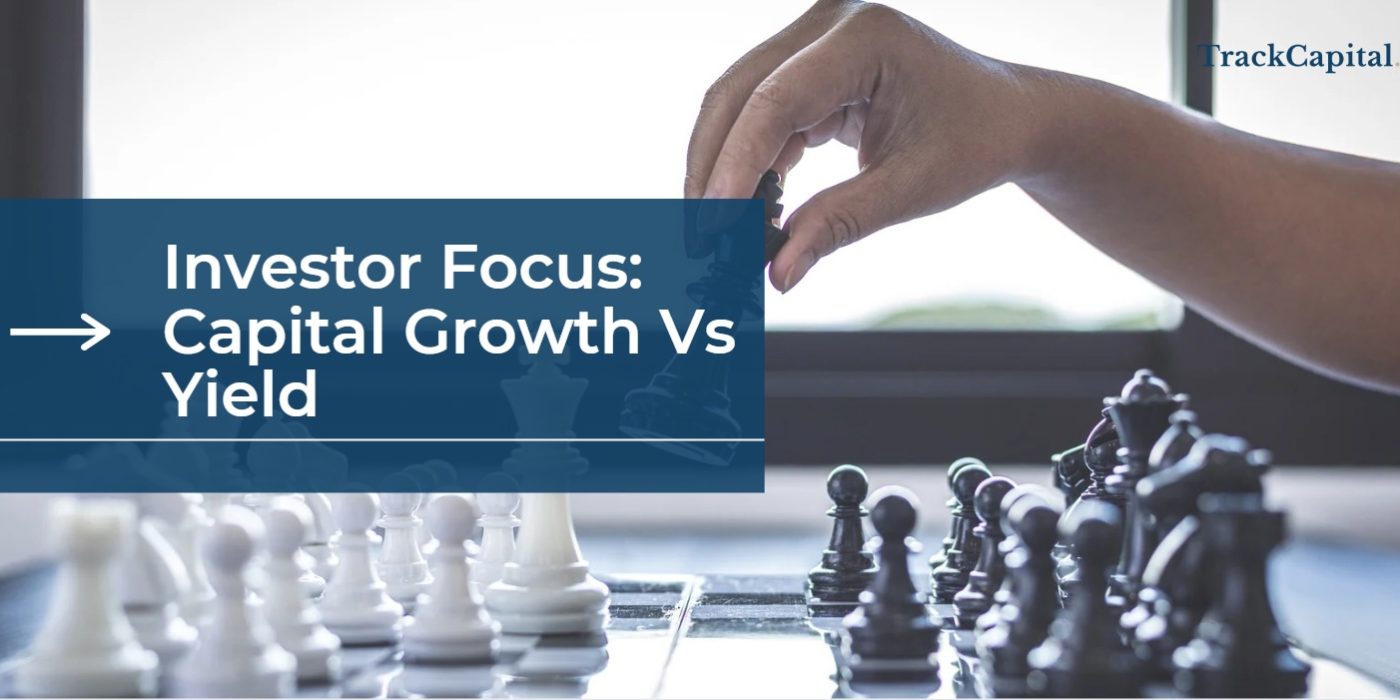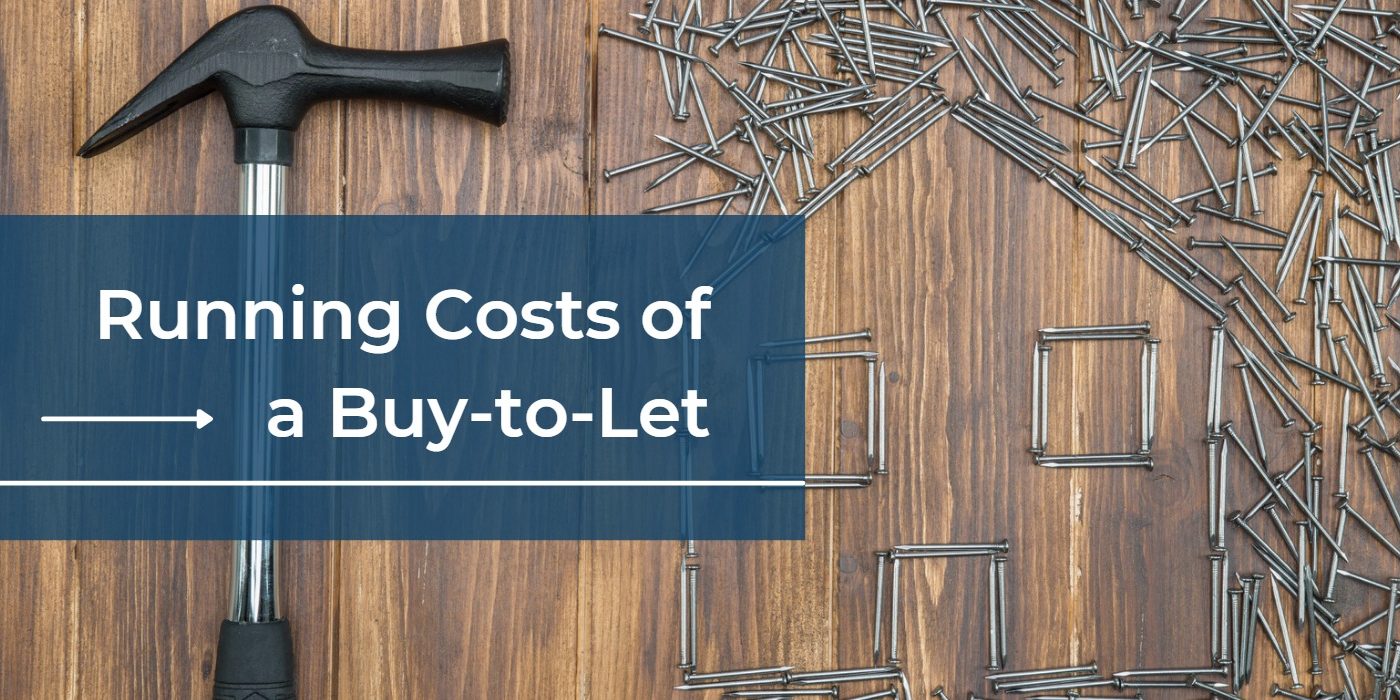Welcome to the ultimate rental yield guide for property investors. If there’s anything you want to know about rental yields, then rest assured we’ve probably covered it in here. And if we haven’t, get in touch to let us know – we’ll make sure it’s added in our next update!
But before we begin, who are “we” and what makes us the experts on rental yield?
Track Capital is a property investment company with offices in both the UK and Dubai. We’ve helped thousands of investors worldwide, from Hong Kong to Huddersfield, find and purchase buy-to-let residential property in the UK. We focus on the property markets in Birmingham, London, Leeds, Liverpool, Manchester & Sheffield.
Having worked with so many clients, we know one of the primary considerations for both budding and experienced investors is the yield of their portfolio. So, we’ve produced this rental yield guide to answer many of the questions we receive when working with a new buyer. The aim is to provide an everlasting, high-quality educational resource for all investors.
In this guide, you’ll find:
- What is rental yield?
- How to calculate rental yield?
- Why is yield important?
- Rental yield vs capital appreciation
- What’s a good rental yield?
- Rental yield for different types of property
- How to increase your rental yield?
- Where are the best areas for rental yields in the UK?
So with all that to cover, let’s get started.
What is rental yield?
In simple terms, rental yield measures the return on investment from the rental income of a property. It is calculated as a percentage relative to the property’s value.
You may hear about two types of yield: gross and net. This is because rental yield can be calculated in two different ways. Gross yield is easier to calculate as it does not account for any costs or expenses. In contrast, net yield is more challenging to calculate, as you must work any expenses associated with the property into the equation.
This additional step means that net yield is a more accurate calculation of an investor’s profit (or loss). However, given its simplicity (and the fact that you may not know expenses in some cases), gross yield can be a helpful estimate that investors can perform quickly.
We’ll look at the actual calculations in the next section (both are very simple), but the main thing to keep in mind is that rental yield is simply one form of calculating ROI in the property investment world. It’s beneficial for buy-to-let investors, where the idea is to profit from the long-term rental of a property. Other types of investors may be less interested in rental yields. For example, those who buy, renovate and resell properties for a profit (known as “flipping”) would determine ROI differently.
How to calculate rental yield?
To calculate rental yield, you’ll need three figures. If you don’t have them already, perhaps because you don’t own the property yet, a rough estimate is fine. You’ll need:
- The price you paid (or intend to pay) for a property
- The price you let (or plan to let) the property for
- The property expenses (optional, only needed if you want to calculate net yield)
Then, to calculate gross yield, i.e. income before expenses like maintenance, insurance, and tax, you can use the following formula:
((Monthly Rental Income × 12) ÷ Property Value) × 100 = Gross Rental Yield
Example: If I buy a property bought for £200,000 and let it out for £1,500 a month, I will have a gross rental yield of 9%.
To calculate net yield, i.e. income after expenses, you can use the following formula:
(((Monthly Rental Income × 12) – Costs) ÷ Property Value) × 100 = Net Rental Yield
Example: If I buy a property for £200,000, let it out for £1,500 a month, but have costs of approximately £8,000 a year, then my net rental yield will be 5%.
You may be wondering what expenses should be taken into account when calculating net rental yield. The following are typical for most investors, but you may have some extras that are unique to your situation:
- Mortgage repayments – if you’ve bought the property with a mortgage, the mortgage payments should be included as an expense.
- Insurance – landlords are legally obligated to have buildings insurance as a minimum, so you’ll need to factor in the cost of your insurance premium.
- Agents – if you decide to employ management and/or lettings agents to manage the property on your behalf, their fees should be considered. Whilst this frees up your time, it does impact overall profitability.
- Maintenance – any decorating, renovating, or general maintenance costs must be included.
- Ground rent and service charges – You’ll pay ground rent if you’ve bought a leasehold property. Similarly, you may also pay service charges (a fee for the upkeep of communal facilities in apartment blocks).
If you’d like to learn more about the formulas, check out our separate post: How To Calculate Rental Yield
Why is yield important?
Rental yield is one of two ways you can make money as a property investor. It’s, therefore, a fundamental metric for calculating the return of investment on a buy-to-let property.
The other key metric is the change in property value since purchase, and this is commonly referred to as capital appreciation if the value has increased.
Ideally, a buy-to-let landlord wants to achieve a good level of rental income, after costs, on a property that continues to increase in value. This is the path to both immediate and future returns should the investor plan to sell further down the line.
We’ll look more at the role of capital appreciation in the next section, so putting it to the side, the importance of rental yield by itself becomes clearer. Existing property owners need to know if their properties are running profitably. And potential buyers must evaluate whether an investment is a wise choice as part of their due diligence process. Rental yield is vital in both situations.
If an owner calculates that their rental income is not profitable, they may want to consider how to improve the yield (something we look at later in this guide) or whether to sell the property. They may even decide there’s value in running it at a loss in the short term because of long term capital appreciation.
Meanwhile, if a potential investor estimates that their yield will be low and possibly unprofitable, they may decide to look elsewhere. In this scenario, estimated rental yields can be an excellent comparison tool when deciding between options.
Rental yield vs capital appreciation
One question prospective investors ask us fairly frequently is whether they should prioritise rental yield or capital appreciation. The answer depends on their objectives.
The case for capital appreciation
Capital appreciation is the increase in value of an asset since the original purchase or investment. So, say you buy a property for £200,000 in 2022. In ten years it could be worth £300,000, an increase of 50%. This is a conservative estimate – consider that the average property price has increased 62%, from £167,000 to £271,000, between December 2011 and November 2021.
In a decade, your asset may have increased in value by £100,000 – a considerable sum for anyone.
And, because you’ve built up equity in the property over the ten years of ownership, you could walk away with a huge cash sum when it comes to selling. For example, if you bought the property with a 20% deposit and then proceeded to pay off £60,000 of your mortgage, you’d be left with a mortgage of £100,000. After selling the property for £300,000 and settling the mortgage, you’d still have a lump sum of £200,000 left.
Some investors prefer this long-term outcome and are willing to sacrifice rental yield in the meantime to achieve it. As such, they tend to focus on investing in areas with a higher-than-average likelihood of capital appreciation.
London and the South West are prime examples, where property values have increased by 78% between December 2011 and November 2021. However because properties in these areas tend to be very expensive to begin with, the rental income may only just cover costs, resulting in a low yield.
The case for rental yield
Other investors want their property to provide an additional monthly income stream. For these people, rental yield is more important than long-term capital appreciation. This is because the monthly rental income must cover all expenses and provide a tidy sum in profit.
Building up a portfolio of high-yield buy-to-lets may allow an investor to live off the profits of their rental income. Or it may supplement the income from their employment, helping them grow their monthly income.
In our hypothetical property from the “How to calculate rental yield” section, I purchased it for £200,000 and let it out for £1,500 a month. My costs are £8,000 a year. Therefore, I’ll make £10,000 in profit each year, and I may use the extra income to build a deposit for another investment property.
The case for both
Based on our conversations with thousands of clients, the average property investor usually has a sum of around £50,000 to get started. This means they’ll need a mortgage to fund the purchase, and it also means higher-cost properties (i.e. the ones most likely to achieve the strongest appreciation in value) are out of the question.
Nonetheless, a sum of £50,000 can still bag an investor a UK property that offers a solid balance of both rental yield and capital appreciation. We typically advise clients to look northwards. There is plenty of value to be had in cities such as Liverpool and Manchester, which are increasingly popular with young professionals and families alike due to the lower cost of living, improving infrastructure, and lively culture.
What’s a good rental yield?
The average rental yield across the UK usually measures around 3.5% – 4%. By that standard, anything higher than 4% is above average.
But this isn’t necessarily “good”. We’ve previously written about what constitutes a good rental yield, in which we suggest most investors usually aim for a minimum of between 5-8%.
Ultimately, it comes back to the objectives discussed in the previous section. If you’re simply waiting for the property’s value to increase long-term, then a good rental yield covers all the costs in the meantime – something as low as 4% may be enough. But if you want to generate as much profit from rent as possible, the higher the yield, the better – 4% may not be good enough as profit margins could be too tight.
You can use the ranges below as a rough guide:
- 0-3% – high likelihood of unprofitability
- 3-5% – average yield, margins could be tight
- 6-7% – good standard to aim for
- 7-10% – excellent
- 10%+ – rare, typically only achieved on short term lets
Rental yield for different types of property
Different types of property can achieve different rental yields. So far, we’ve discussed rental yield in the context of traditional residential properties, but there’s also commercial property, student accommodation, and even HMOs to consider.
Is there any difference in yield between commercial and residential property?
The short answer is “yes”, there is a clear difference in the rental yield a landlord of residential property will achieve compared to a landlord of commercial property.
Commercial property refers to any building or land used for business purposes, whether as shops, restaurants, corporate offices, factories, or warehouses. Given that a person’s home may contain a personal office (especially post-pandemic), commercial property can be distinguished more clearly as a property not used as a domestic residence.
Research shows that commercial property generates a much higher rental yield than residential property. One study suggests it could be as much as three times higher, with average commercial yields of 10.7% compared to average residential yields of 3.7%.
However, data from Statista shows it depends on the type of commercial property. Offices in London, for example, achieve no better yield than a residential apartment. But high street retail, shopping centres and leisure parks tend to perform exceptionally well.
The issue for most investors is that purchasing commercial property requires a much more significant initial investment than residential property. Many people can save up the deposit to purchase a buy-to-let apartment, but commercial buildings are a different game altogether.
There’s also the added paperwork, the building safety regulations, various business tax rates, and higher mortgage interest rates for commercial property. Generally, property investors want an easy, hands-off investment, which is why many opt for residential homes over business premises, despite the difference in yield.
Is there any difference in yield between residential property and student property?
With over 2.5 million students in the UK, the demand for student property is exceptionally high in most universities. From our market experience, supply is struggling to keep up, meaning student property can be an excellent investment. But what kind of rental yields can an investor expect?
First, let’s define student property. It is primarily split into two main types:
- Purpose-built student accommodation (PBSA) – newer, modernised apartment blocks with an array of facilities included as standard, from gyms to communal spaces. Each apartment is finished to a high standard, built for single occupancy, and might have its own bathroom, kitchen, and relaxing area. Therefore, they attract interest from domestic and international students with the money to spend on something better than the classic student house.
- Student House of Multiple Occupancies (Student HMOs) – we’ll return to HMOs in the next section. For now, just consider Student HMOs to be the classic student house we touched on above – older properties with most rooms converted into bedrooms but containing a shared kitchen, bathroom and communal space.
Both PBSA and Student HMOs generate excellent yields. A report from Paragon Bank found investors with student property in their portfolios consistently achieved higher yields than investors without student property in their portfolios. Plus, the top ten locations in the UK achieved rental yields between 7-10% from student property.
So, just like with commercial property, there is a clear difference in yield between residential homes and student accommodation.
However, despite a more robust yield performance, there are downsides to student accommodation. Firstly, PBSA cannot be bought with a mortgage, requiring an investor to cover the purchase with cash. And secondly, PBSA does not tend to see the same rate of capital appreciation as residential property. Student HMOs, meanwhile, are falling in popularity in the face of higher quality PBSA, making what was once a safe bet for an investor into a riskier choice.
Is there any difference in yield between residential property and HMOs?
An HMO, or “house of multiple occupancies”, is a residential property rented by multiple tenants on separate tenancy agreements. Each tenant rents a private bedroom but shares facilities like the kitchen, bathroom and dining space. Naturally, this can extend to include traditional student houses, as covered in the section above.
Each individual in the HMO tends to benefit from lower-than-average rental prices, but the landlord benefits from the combined rental income of multiple tenants in one house. HMOs commonly have upwards of 5+ tenants in the same house.
For this reason, HMOs can achieve excellent rental yields. Research data suggests HMO landlords generate average yields of 7.2%, substantially higher than the average of 3-4% on standard apartments.
Like commercial and student properties, though, HMOs have downsides, such as stricter rules and regulations, licensing requirements, and increased furniture, maintenance and letting agent expenses.
How to increase your rental yield?
If you own a property returning a low rental yield, your profit margins will be tight. Your rental income may not even fully cover all of the expenses associated with owning the property.
In such a case, naturally, one of the first things to consider is how you can increase your rental yield. It is possible, but it’s not easy. In this section, we’ll consider some things you can try.
1. Increase rent
As long as all costs stay the same, increasing your rental price is a surefire way to improve yield.
But it’s not as simple as just deciding to raise the rent.
You should complete some basic market research first. Review whether your prices align with the market rate for your property’s size and location. If you’re under market rate, you have a valid reason to raise prices.
If you’re in line with market rates, then making an arbitrary decision to raise your prices might come across as greedy, which will annoy your current tenants (who may then look elsewhere at the end of the tenancy). It may also make it harder to find new tenants.
So instead, consider what you can do that would justify an increase. Perhaps the kitchen or bathroom needs a refurbishment. Or maybe you could update the furniture, refresh the decor, or add more storage space.
Maybe you can offer incentives, like allowing pets, or even undertake a larger project, like creating an extra bedroom by converting another room (or an unused space like the attic or basement).
Improving and modernising a property can generate demand from tenants willing to pay more for a high-quality home. It can also encourage current tenants to stay longer, thus reducing void periods.
2. Review expenses
Your property’s expenses can easily strip away your rental profit margin, producing a low yield.
So, it’s worth reviewing each expense, one by one, to identify if there’s an opportunity to make a saving. Let’s go through the list of costs from earlier:
- Mortgage repayments – usually the highest monthly cost, but it pays (literally) to review the remortgage market every so often. For example, if your initial fixed-rate deal ends, then moving onto your lender’s standard variable rate could increase your monthly payments. Also, there might just be better mortgage deals on the market now – especially if the property has increased in value and you can hit a lower LTV (loan to value) threshold.
- Insurance – again, reviewing the market and available insurance deals might lead to a saving on your premiums.
- Agents – if you employ a property management company and/or a lettings agent, decide if you need them. Perhaps you’re happy to take a more hands-on role and do it yourself to save on the fees.
- Maintenance – similarly, if the property needs any work, consider whether you could do it before hiring someone else.
- Ground rent and service charges – unfortunately, it’s unlikely you’ll be able to make a saving on ground rent or service charges. However, a Leasehold Reform bill is currently progressing through parliament, which could reduce ground rent to zero on new residential long leases. Also, leaseholders can ask for a summary of the service charge calculations, along with supporting documentation (e.g. receipts). If you think the charge is unreasonable, there are legal avenues you can explore.
You may also have other expenses you can review.
3. Short term lets
Short-term letting is becoming an increasingly common model for property investors with apartments and houses in central or popular tourist locations.
In traditional long-term lettings, you find a tenant who agrees to rent your property for a set period. This is usually 6-12 months, and sometimes even longer.
In short-term lettings, your property is used a bit more like a hotel. People may stay for one night, a weekend, or a few weeks. It is the model employed by homeowners on sites like Airbnb.
And because a person, or group, only stays for a short time, you can charge a higher premium per night – much like a hotel would. The tenant benefits from staying in a high-quality property for their trip, like a home away from home.
The benefit to the property owner is a much higher rental price per night than they could charge on a long-term let, resulting in higher yields.
If you want to increase your yield, consider whether you can utilise a short-term lettings model. Keep in mind that it’s not always permissible – you’ll need to check whether the terms of your lease and your mortgage, in case short-term letting breaches either agreement.
Where are the best areas for rental yields in the UK?
If you’re looking to buy an investment property in the UK, you’ll want to know where you can achieve the highest rental yields – especially if your objective is to generate a profitable, passive income stream.
We’re constantly asked about the best places to invest in the UK, so we decided to research where the highest yields are available. This led us to create a buy-to-let rental yield map, which we’ll commit to updating each year for accuracy.
The research found the best areas for rental yields in the UK are generally in Wales and the North of England. Only one southern postcode made the top ten – SO17 in Southampton.
The top two were in Nottingham, NG7 and NG1, with yields of 11.3% and 11.1%, respectively. Postcodes from Bradford, Cardiff, Manchester, Newcastle, Swansea and York made up the rest of the top ten.
Southampton aside, this is no surprise. Regions in the North, along with Wales and Scotland, tend to have much lower property values than the South. Achieving better yields is therefore easier.
Nonetheless, rental yield isn’t everything. Some of these areas do not benefit from the same rate of capital appreciation as you find in the South, and there’s even great variance amongst the Northern cities. In our experience, and based on industry research, Liverpool and Manchester usually offer the best balance of everything – affordable properties, strong yields, and excellent capital appreciation – which is why we highly recommend both to buyers.
Summary
Property has always been a strong choice for investors. Historically, the value of both rent and capital has consistently increased, showing resilience in the face of global recessions, pandemics, and more.
As a result, many investors see property as a relatively safe, long-term asset, especially in comparison to more volatile markets. And if that asset can produce a profitable income stream whilst the asset’s underlying value grows over time, then all the better.
As such, rental yield is an essential factor for many investors. We hope this guide has covered everything you want to know about yields, but if there’s anything we’ve not included, please do get in touch to let us know.
We wish you the best of luck with your property journey. If you need any help, our consultants are on hand to help you find a suitable investment property in either the UK or Dubai. We have years of experience acting for thousands of clients in both markets, we don’t charge any fees for our time, and we’re proud members of The Property Ombudsman Scheme, which helps protect property investors. Contact our team to learn more.





